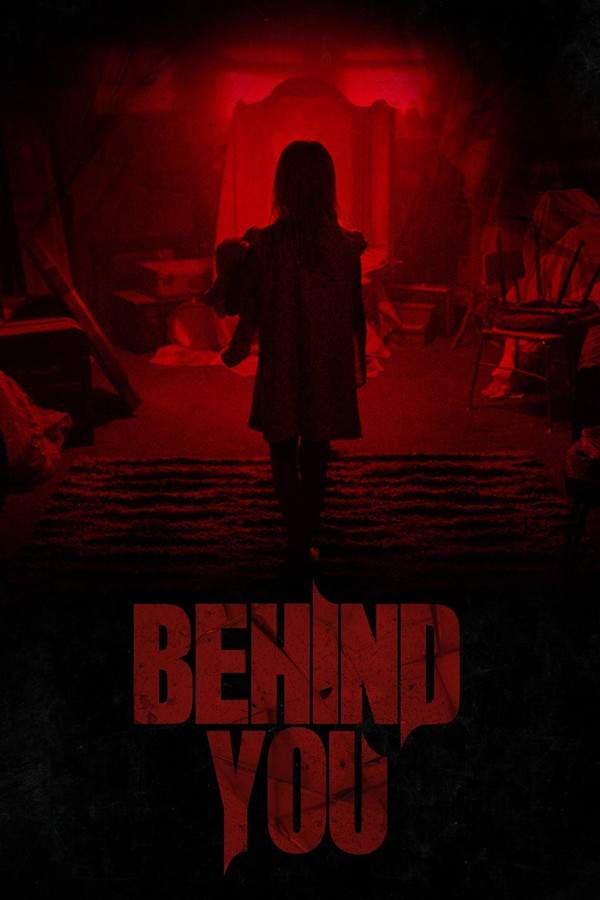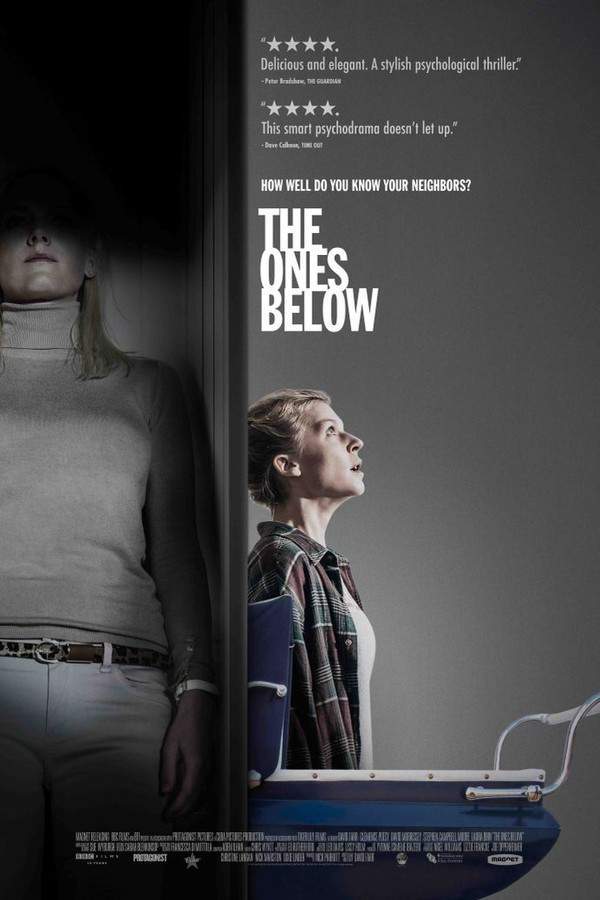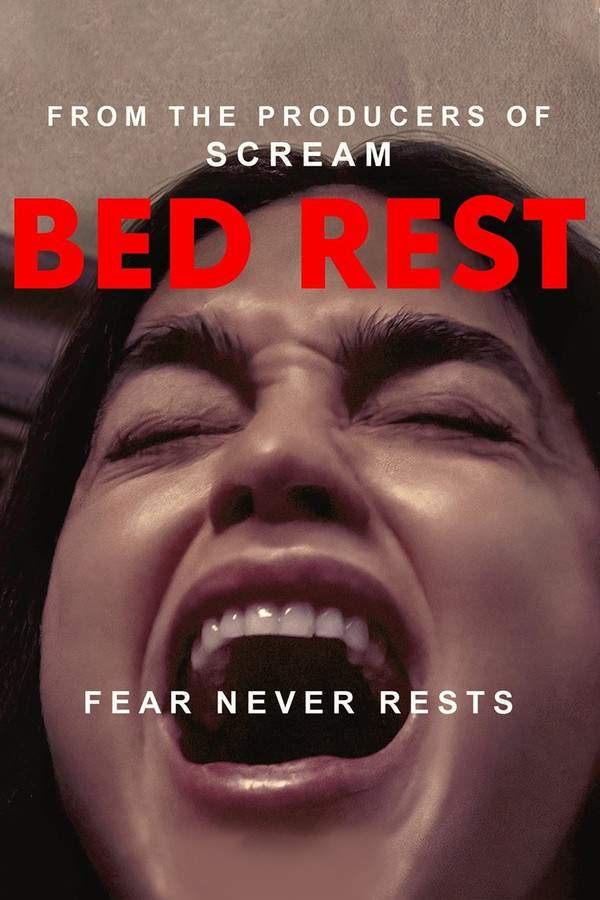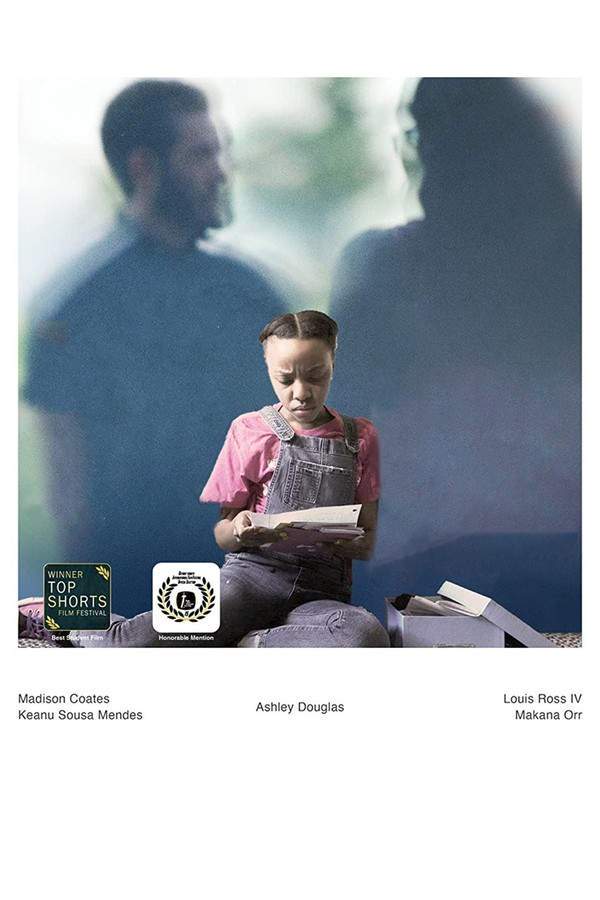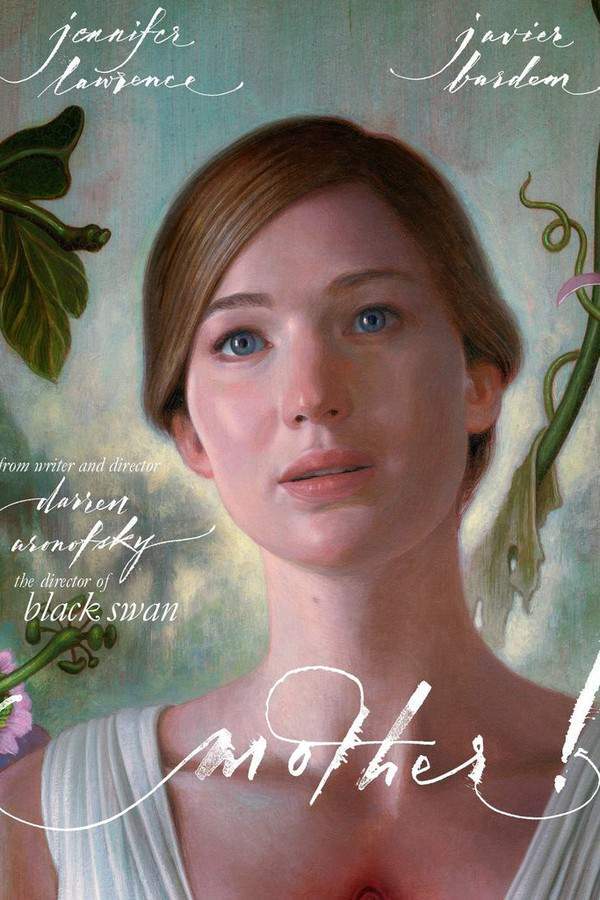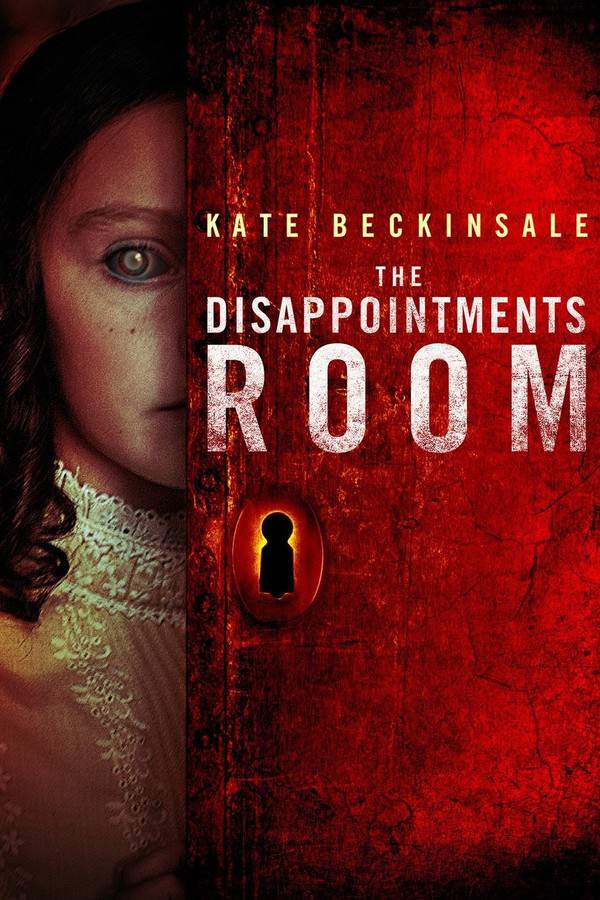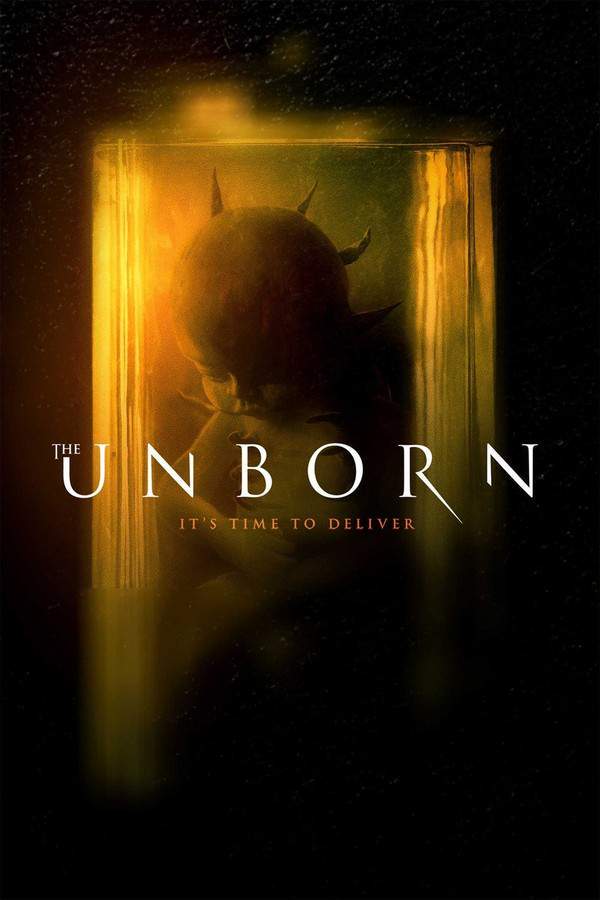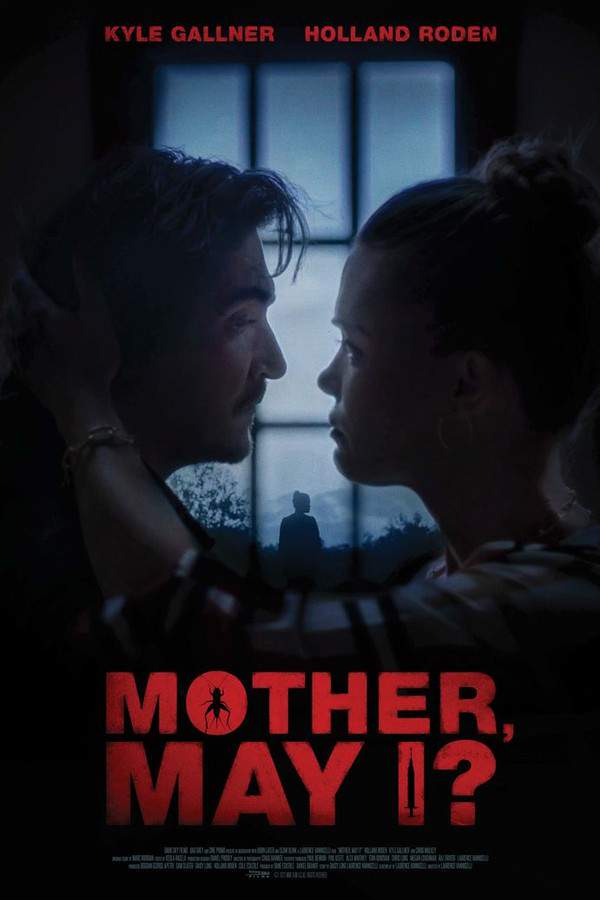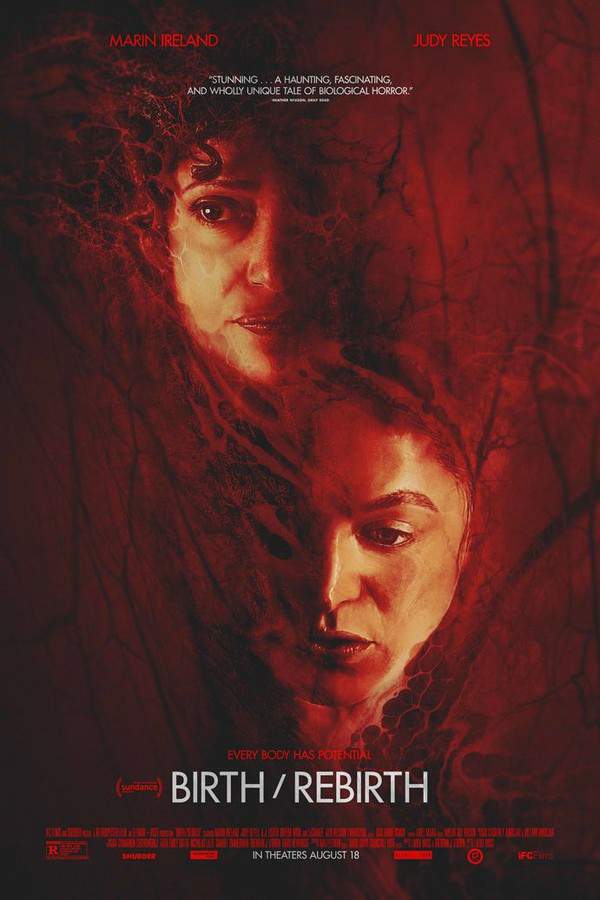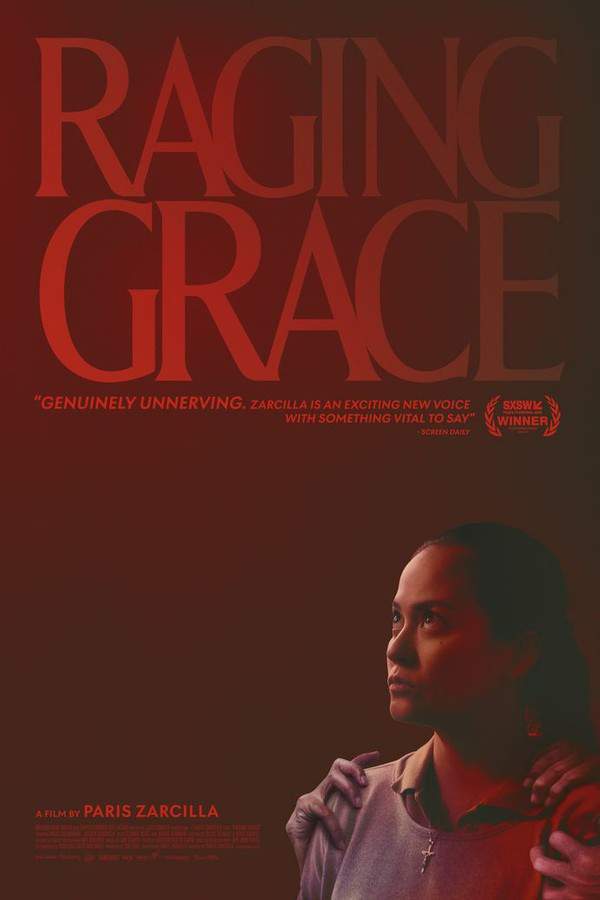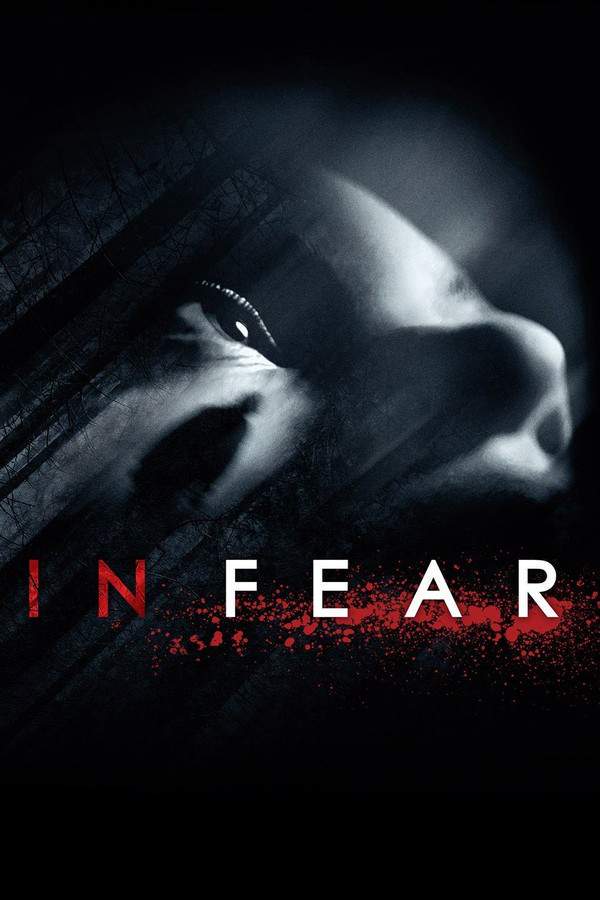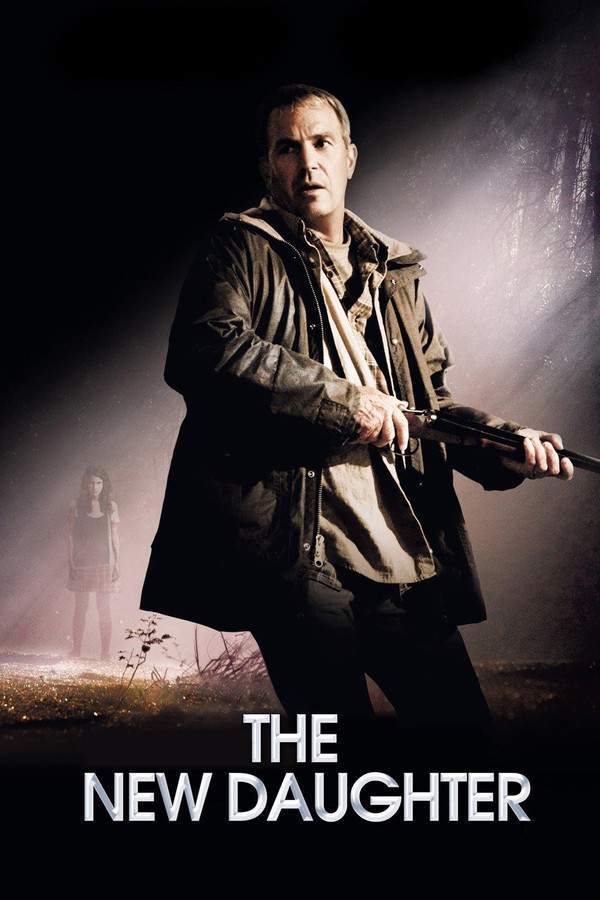The Front Room 2024
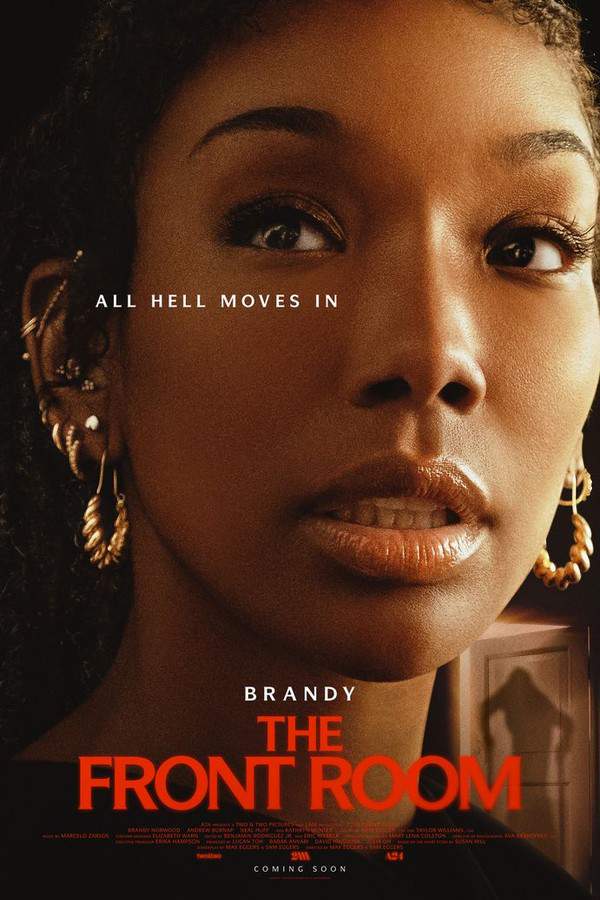
Belinda's life is upended when her intimidating mother-in-law moves in during her pregnancy. As the older woman's manipulative nature and true intentions become apparent, Belinda finds herself in a terrifying struggle to protect her unborn child from a sinister force threatening to destroy them both.
Does The Front Room have end credit scenes?
No!
The Front Room does not have end credit scenes. You can leave when the credits roll.
Meet the Full Cast and Actors of The Front Room
Explore the complete cast of The Front Room, including both lead and supporting actors. Learn who plays each character, discover their past roles and achievements, and find out what makes this ensemble cast stand out in the world of film and television.

Kerry Flanagan
Dr. Rayne

Neal Huff
Pastor Lewis

Scottie DiGiacomo
Interviewer #1

Kathryn Hunter
Solange
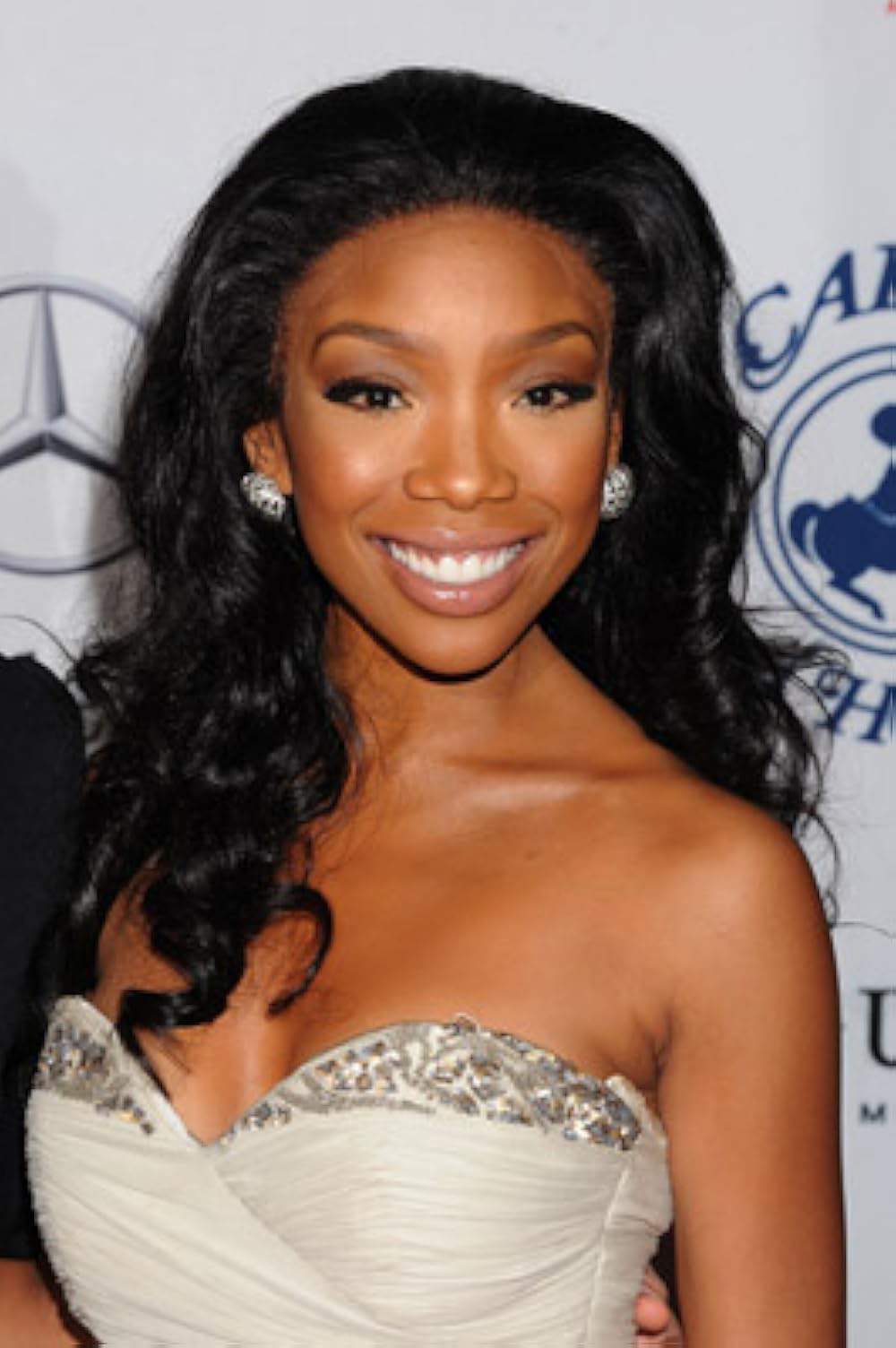
Brandy Norwood
Belinda

Andrew Burnap
Norman

David Manis
Old Man

Mary Catherine Wright
Old Woman

Ellen J. Maddow
2nd Old Woman

Mary Testa
Mary

Morgen McKynzie
Student

Wendy Heagy
Administrator

Rueby Wray
One Year Old Laurie

Chasity Orr
Baby Laurie

Charlize Orr
Baby Laurie

Toree Hill
Church Woman

Desi Ramos
College Student
External Links and Streaming Options
Discover where to watch The Front Room online, including streaming platforms, rental options, and official sources. Compare reviews, ratings, and in-depth movie information across sites like IMDb, TMDb, Wikipedia or Rotten Tomatoes.
Ratings and Reviews for The Front Room
See how The Front Room is rated across major platforms like IMDb, Metacritic, and TMDb. Compare audience scores and critic reviews to understand where The Front Room stands among top-rated movies in its genre.

The Movie Echo Score
In overall terms, The Front Room presents an uneven blend of strong performances and underdeveloped narrative that falls short of its potential. While critics and viewers consistently praised the show-stopping work of Kathryn Hunter and Brandy, the film's disjointed pacing and contrived detours undermined engagement. Its sensory shocks deliver brief jolts, but they cannot compensate for a thin thematic core or limited replay value. The net effect is a challenging experience that rarely sustains momentum or lasting appeal.
The Movie Echo Score Breakdown for The Front Room

Art & Craft
In terms of production design and visual execution, The Front Room employs a distinct B-movie aesthetic that yields both unsettling imagery and occasional overindulgence. Set pieces like the smeared walls and surreal nightmare sequences reflect a willingness to embrace gritty textures, yet this visual style often tips into overwrought territory, lacking subtlety or cohesion. As a result, the film's art direction offers memorable quirks but rarely achieves a harmonious or refined visual identity.

Character & Emotion
When it comes to character depth and performance, The Front Room is anchored by commanding work from Kathryn Hunter and Brandy. Their intense portrayals infuse even minor scenes with visceral energy, and their antagonistic chemistry registers clearly across the film's tonal shifts. Supporting players exhibit less consistency, but the lead roles maintain an emotional resonance that elevates many otherwise flat narrative moments. Overall, the acting is the film's most reliable strength.

Story & Flow
In regard to story coherence and pacing, The Front Room suffers from considerable shortcomings. The narrative introduces a provocative premise but frequently detours into contrived third-act twists and one-note shock tactics, leaving thematic potential unexplored. Critics noted a malformed structure and stilted progression that undermine engagement beyond sporadic jolts. Consequently, the film's plot feels both uneven and unsubstantial, offering limited originality or depth.

Sensory Experience
In terms of sensory experience, The Front Room delivers intermittent jolts and unsettling stunts but fails to sustain a truly immersive atmosphere. Audience reactions to nauseating set pieces and shock visuals underscore its ability to provoke, yet its reluctance to deepen mood or sound design results in diminished tension. Even moments of dark comedy fall flat without cohesive auditory or visual layering. The overall effect is impactful yet ultimately fleeting.

Rewatch Factor
Concerning rewatch potential, The Front Room offers limited lasting appeal. While the standout performances and isolated moments of dark humor may warrant a second viewing, the film's structural flaws and thematic shallowness become more evident on repeat watches. Its reliance on shock imagery and underdeveloped narrative arcs reduces the incentive for subsequent viewings. As a result, the film struggles to maintain engagement beyond an initial screening.

49
Metascore
4.4
User Score


41%
TOMATOMETER

41%
User Score

4.6 /10
IMDb Rating

54
%
User Score

2.2
From 3 fan ratings

3.67/5
From 3 fan ratings
Take the Ultimate The Front Room Movie Quiz
Challenge your knowledge of The Front Room with this fun and interactive movie quiz. Test yourself on key plot points, iconic characters, hidden details, and memorable moments to see how well you really know the film.
The Front Room Quiz: Test your knowledge of 'The Front Room,' a gripping tale of family dynamics, trauma, and emotional unraveling.
What is Belinda's profession?
Full Plot Summary and Ending Explained for The Front Room
Read the complete plot summary of The Front Room, including all major events, twists, and the full ending explained in detail. Explore key characters, themes, hidden meanings, and everything you need to understand the story from beginning to end.
The story unfolds with Belinda (Brandy Norwood), an anthropology professor, who faces considerable challenges as she lectures to a class filled with indifferent students. Pregnant with her second child, she grapples with the emotional weight of her firstborn son, Wallace, whose heartbreaking stillbirth continues to haunt her and her husband, Norman (Andrew Burnap). After a distressing ultrasound appointment, the couple’s grief resurfaces when Norman receives a surprising call from his estranged stepmother, Solange (Kathryn Hunter), announcing the imminent passing of his father. Yet, old wounds run deep; Norman’s memories of Solange are tainted with tales of emotional and spiritual turmoil inflicted during his upbringing, leading him to decline the opportunity to reconcile.
As the days pass, the pressures mount; Belinda, feeling underappreciated and sidelined in her academic role, decides to quit her job. Returning home, she learns of her father-in-law’s death, and the couple attends the funeral where the dynamics shift dramatically. Solange, who shares a complicated history with both, makes her entrance, struggling to navigate with the aid of canes. It is here that their late family member’s last wish is disclosed — that Norman and Belinda take Solange into their home for her remaining days. It’s a deal laced with a bitter irony, as Solange promises to bequeath her possessions to the young couple upon her death.
After much internal conflict, particularly concerning their precarious financial situation, Belinda reluctantly agrees to Solange moving in. However, the transition proves to be anything but smooth. The vibrant front room, initially intended as a nursery for their baby, transforms into Solange’s new domain. Upon discovering Solange’s Daughters of the Confederacy certificate, Belinda realizes the foundations of their living arrangement are overshadowed by deep-seated prejudices and an unsettling atmosphere. Throughout the evening meals, Solange’s barbed remarks about Belinda’s cooking and her disapproval of the baby’s name — Fern — heighten the tension. Solange’s suggestion to rename the child Laurie, after Belinda’s late father, further complicates the situation.
Days blur into a disturbing routine filled with unsettling incidents; Solange’s bouts of incoherence, religious fervor, and errant behavior consume Belinda’s life. During one particularly intense night, Solange’s fervent prayers appear to trigger Belinda into labor, leading to the arrival of their daughter, now named Laurie. Tragically, post-birth, Belinda returns only to find a home filled with Solange’s decor and remnants of Norman’s father. The subsequent prayer meeting ignites Belinda’s frustration, leading her to expel her friends who were praying fervently over her and her newborn.
The real challenges solidify in the aftermath of Solange’s insensitivity during dinner, where microaggressions surface, resulting in an explosive confrontation. Calling Solange out for her racism leads to an altercation that ends with Belinda pushing Solange down in frustration. As their tumultuous relationship spirals, Belinda witnesses Solange’s manipulative nature first-hand, as she pretends to incapacitate herself, forcing Belinda into further emotional turmoil.
Continued confrontations between Belinda and Solange escalate when Pastor Lewis (Neal Huff) appears with revelations about Solange’s financial maneuvers, such as paying the mortgage without consent. A shift in power dynamics occurs when Belinda reacts in anger, pouring water over Solange. Yet the most shocking moment comes when Belinda wakes to find marks on Laurie’s arm, exposing Solange’s disturbing behavior as she becomes a threat rather than a caregiver.
As tension comes to a head with Norman standing up to Solange after the bite incident, the fraught atmosphere reaches a chilling climax. Norman’s confrontation ends abruptly with Solange’s chaotic pleas for death echoing into the night. When dawn breaks, solace appears as Belinda discovers Laurie successfully latching, only to find Solange lifeless in her room shortly thereafter. Solange’s cremation occurs with a strangely placid Belinda observing, contemplating the many shadows cast by their relationship.
The story reaches a poignant conclusion years later as Belinda prepares for a move into a new home while pregnant with twins. On her way to a job interview, she exuberantly sings “No Regrets” by Edith Piaf, exuding a sense of liberation. During the interview, when prompted about her past experiences, Belinda confidently declares she has “never felt better in her entire life.” A haunting flashback reveals the depths of her desperation — she had smothered Solange, a revelation that culminates the film in a strikingly unsettling manner. As the screen fades to black, Belinda’s smile echoes a peculiar mix of relief and buried secrets, sealing the film’s chilling exploration of trauma, family, and the lengths one will go to find peace.
Watch Trailers, Clips & Behind-the-Scenes for The Front Room
Watch official trailers, exclusive clips, cast interviews, and behind-the-scenes footage from The Front Room. Dive deeper into the making of the film, its standout moments, and key production insights.
Movie Themes and Keywords
Discover the central themes, ideas, and keywords that define the movie’s story, tone, and message. Analyze the film’s deeper meanings, genre influences, and recurring concepts.
Similar Movies You Should Know About
Browse a curated list of movies similar in genre, tone, characters, or story structure. Discover new titles like the one you're watching, perfect for fans of related plots, vibes, or cinematic styles.
Quick Links: Summary, Cast, Ratings, More

What's After the Movie?
Not sure whether to stay after the credits? Find out!
Explore Our Movie Platform
New Movie Releases (2025)
Famous Movie Actors
Top Film Production Studios
Movie Plot Summaries & Endings
Major Movie Awards & Winners
Best Concert Films & Music Documentaries
© 2025 What's After the Movie. All rights reserved.














